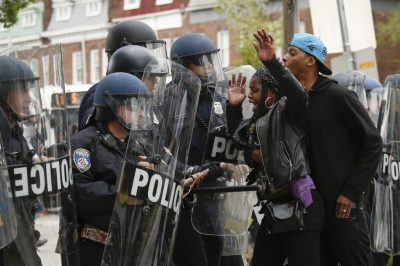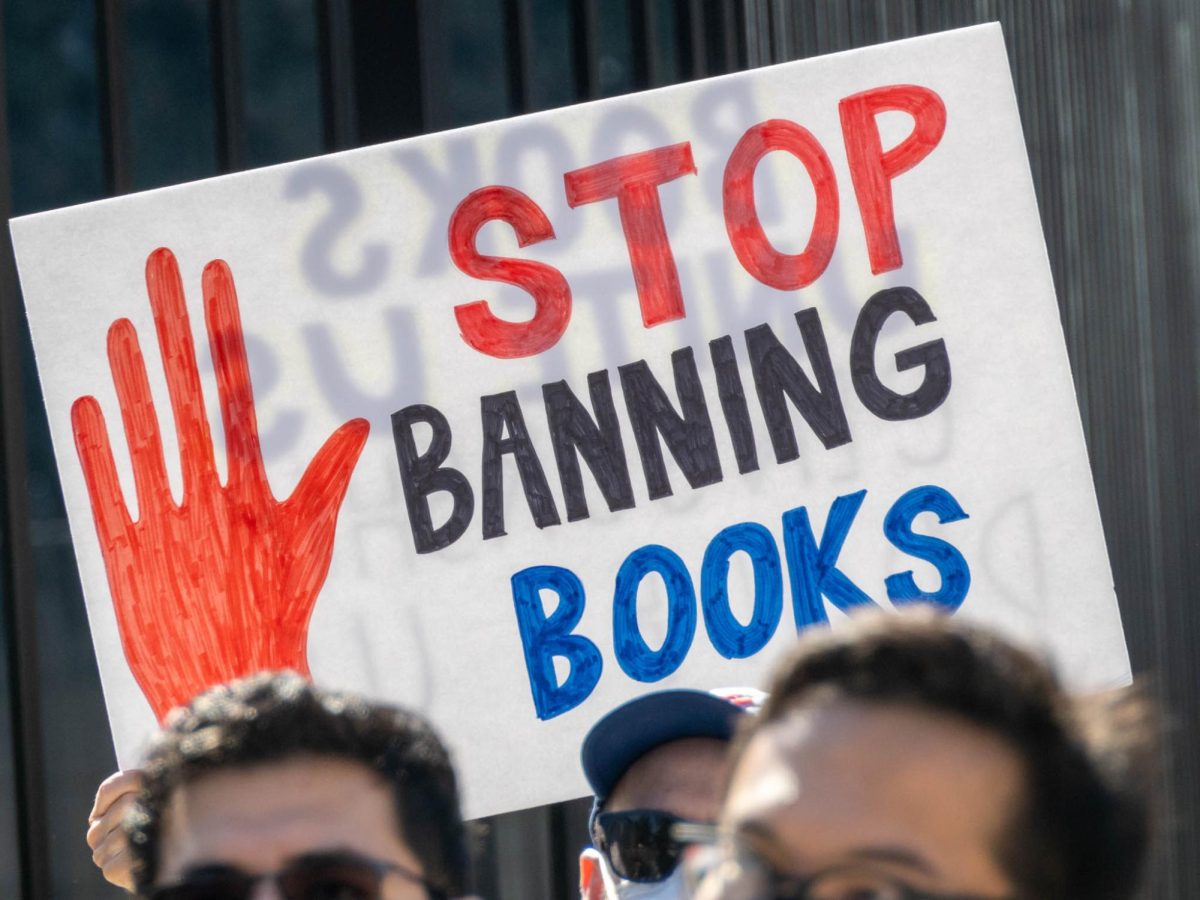
BY JOSEPH KRASSNER
Staff Writer
Police shootings have been the subject of mass debate in recent years following the shootings of numerous black civilians by white officers. Many argue that the shootings are often reflective of the underlying racism towards minority groups. Understandably, police confidence has dropped significantly with a 2015 Gallup poll reporting that the number of people who previously had “a great deal[of]” confidence in police had dropped to an all time low at 52%, the lowest it had been since 1993. Although a 2016 Gallup poll reported that this number had actually risen 4%, this lack of confidence for police is problematic because if the police force intends to address the problem of recent shootings, societal confidence will play a major factor in the success of the police force’s actions.
Protesting has become one of the most popular ways to bring awareness to recent racial shootings, with the Black Lives Matter Organization on the forefront of spreading awareness. Protesting has arguably become one of the more convenient ways of raising awareness because of the advent of social media platforms that have allowed more people to reciprocate their feelings and learn about current events. While it is difficult to identify the specific percentage of people aware of the police controversy, a 2015 survey by Rasmussen Reports reported that only 15% of people were undecided on whether there is a current war against police, suggesting that most people are aware enough of the strained relations between police and the community to formulate an opinion. With an overwhelming majority of people aware of the strafe with police, more protests are now attempting to solve the problem. One such solution is called Campaign Zero, a ten step protocol campaign associated with the BLM movement that attempts to deal with police violence at a federal, state and local level. The problem seems to be finding efficacious solutions representing both civilians and police. Many other solutions have been offered and implemented such as using body cameras for recording police shifts or hiring more female police officers, however, many of the solutions bear problems that are not always detectable.
notFor example, a 2014 study conducted by University of South Florida tested the effects of body cameras on Orlando police officers by providing body cameras to 46 random officers and tested them against 43 officers that were not provided body cameras. As a result “use of force” incidents dropped by 53% while civilian complaints to officers dropped by 65%. While this outcome is definitely positive, body cameras are
cheap and expenses for buying the camera and maintaining its footage can be daunting. While cost might not necessarily be problematic for a large city, smaller cities and towns might be pressured by the public to purchase body cameras even though they lack sufficient funds for costs and maintenance. In order to insure the success of a system like the body camera as a viable solution to lower police violence, sacrifices must be made by both cop and civilian, whether it be more taxes to fund police resources or more transparency in police reports.
Current police officers will also have to rebuild trust with the community if solutions are to be taken seriously. In John Oliver’s “Last Week Tonight,” a news satire television show, the phrase, “a few bad apples spoil the barrel” was used in a segment about police accountability to briefly explain how the actions of a few police officers can seriously damage relations between police and community. It is important to note that these actions do not only affect the community, but also other police officers who have maintained a clean record throughout their careers or people who may have been considering working for the police force.
What do you tell a scrupulous police officer behind a riot shield who listens to protesters badmouthing him, telling him to remove his badge, telling him to stop killing people? In truth, the officer is likely only there to protect property and the public from destruction in the case that the riot gets out of hand. The statement, “a few bad apples spoil the barrel” can go both ways as well. Comments that are derogatory towards police officers are absolutely detrimental to both the police force and community as the comments reflect ineffectiveness in the movement towards increasing unity between the two groups and confuse police on how to correct their actions so as to work for the community more efficiently. While protesting is good for bringing awareness to a problem, it not a solution. Solutions have to made under a civilized setting in order for them to hold merit, whether it includes meetings between BLM leaders and police officials to discuss how to reduce the number of police shootings or congress debating over more public transparency in police reports.
Support and confidence is critical for the success of any job, but when the protection of the community-entailed within the job requirement-is not satisfied, corrective measures must be taken by both community and police in a way that works for both parties. If these measures are implemented, the community can see positive effects. Students in our own community agree on the relevance of this not-so-distant issue. Brian Qin (11) remarked that “If I witness an event that shows how capable they [police] are, I will be more confident.” Harper Klauke (11) added to the conversation, too, adding that “If you feel a certain level of safety, then you shouldn’t have to worry about police.”














